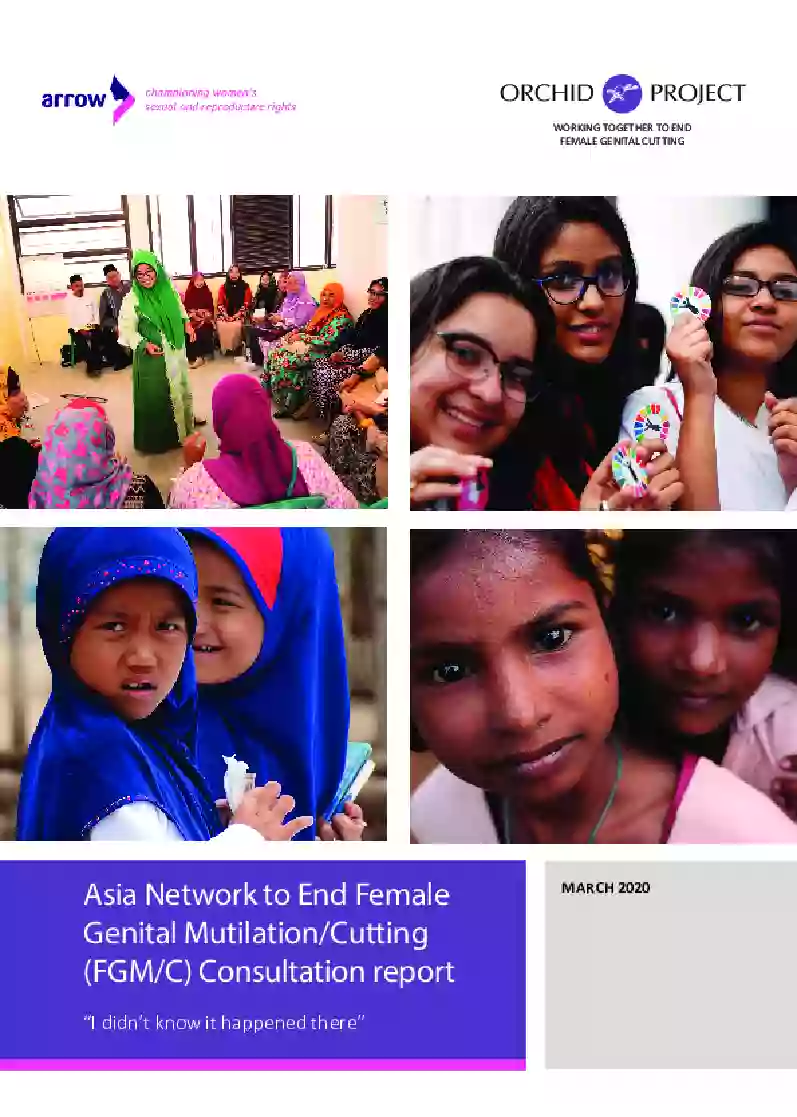Home | Research & Resources | Brunei
Key Findings
In Brunei, the practice is referred to as sunat.
There are no official data, but local organisations strongly believe that it is widespread.
Attitudes
Religious obligation is the most commonly cited reason for sunat
Age
Most Malay girls are likely to be cut in infancy
Type
There are no data available on what type is most commonly practised
Agent
There is some evidence to show that sunat is becoming medicalised
Distribution of sunat across Brunei
Brunei Darussalam is a small country of less than 6,000 square kilometres and a population of fewer than half a million. The national language is Malay, and, as Malays comprise 73.5% of the population, it is likely that the practice of sunat is widespread in the country.
Only recently has the Government of Brunei acknowledged that sunat occurs in the country, but it does not consider the Brunei practice to be female genital mutilation/cutting. However, Musawah, an international civil-society organisation campaigning for justice in Muslim family law and equal rights for Muslim women, did put forward the issue of FGM/C in its report to the CEDAW in 2014, stating, 'Although no official data is available, Musawah has strong reason to believe that FGM/C is widely prevalent in Brunei. All 20 of the respondents that Musawah interviewed had undergone the process; some noted that this was a "default" procedure that occurs in all government hospitals.'
FGM/C Legislation in Brunei
There is no specific law against FGM/C or sunat in Brunei Darussalam.
In June 2020, the Government of Brunei stated that 'Female genital mutilation can be charged under section 320 of the Penal Code (Chapter 22) as an offence of causing grievous hurt . . . .' However, sunat is unlikely to be regarded as 'grievous hurt'. It could be considered 'hurt', which is prosecutable under Section 319 of the Penal Code.
Development Indicators
Population Growth
462,920 (as at 19 March 2024) with a 1.46% growth rate
Infant Mortality
10.3 deaths per 1,000 live births (2023)
Maternal Mortality
44 deaths per 100,000 live births (2020)
SDG Gender Index
No data available



.webp)
_cover.webp)
